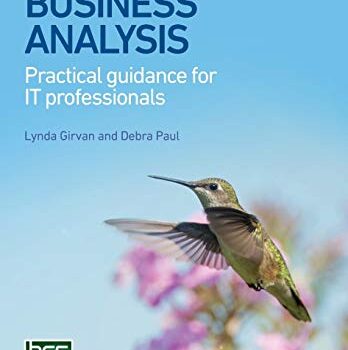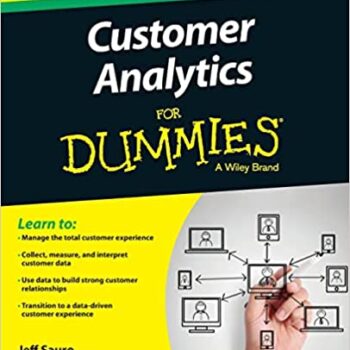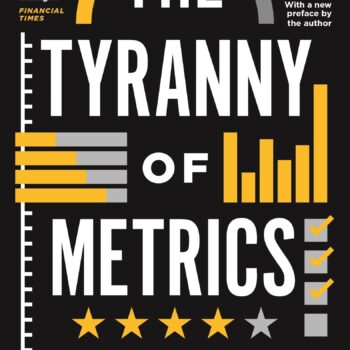
Business Analysis Techniques
The business analyst now needs the widest possible array of tools and the skills and knowledge to be able to use each when and where it is needed. This book describes 99 business analysis techniques and explains the context in which they are used within a business analysis effort. Each of these techniques are specific “tools” that can applied at various stages of a project life cycle. In addition to showing how the various techniques fit within business analysis process the book is designed to serve as quick reference. Considering the amount of techniques covered this book, it is by far the best out there for business analysis tools and techniques.
Description
You’ve come to the right place if you’re looking for a comprehensive review of the book, Business Analysis Techniques: 99 Essential Tools for Success.
About the Book
This book describes 99 business analysis techniques and explains the context in which they are used within a business analysis effort. Each of these techniques are specific “tools” that can applied at various stages of a project life cycle.
There are 7 chapters: Business Strategy and Objectives, Investigate Situation, Consider Perspectives, Analyse Needs, Evaluate Options, Define Requirements and Manage Change.
Each chapter represents a stage in the business analysis process which are further divided into logical sections. Within each of the logical sections the relevant business analysis techniques are described.
In addition to showing how the various techniques fit within business analysis process the book is designed to serve as quick reference. For example you may have heard of MoSCoW prioritisation technique but need a reminder of how it works. Supported by examples and diagrams, Business Analysis Techniques: 99 Essential Tools for Success can be used as a quick reference guide for each business analysis technique.
The Negatives
From reading reviews and forums, here are the negative things other business analysts have said about this book.
- There’s no integrated case study.
- The techniques covered in the Define Requirements chapter are better served in other requirements books.
- The ‘Glossary’ technique is missing altogether.
- The book is good at describing the business analysis techniques at a high level but does not go into the finer detail required to understand and implement the techniques.
The Positives
- Here are the positive things that business analysts are saying about the book.
- Each technique is carefully explained with the help of diagrams and practical examples.
- Great book for a quick reference. Full of techniques and tools for business analysis. A must for anyone who is looking for quick and concise book.
- It’s excellent for describing business and change orientated techniques.
- A great book to keep at your desk. It acts as a great reminder about some of the useful techniques available.
Overall, What Do I Think?
I agree that the detail is “light weight” and that’s a negative for me too. This means that sometimes I have to further research a technique in other books or on-line.
However considering the amount of techniques covered this book, it is by far the best out there for business analysis tools and techniques.
The material is presented clearly, it’s very easy to follow and it makes an excellent memory jogger.
It contains good examples with diagrams which helps me understand each step of the business analysis process.
I highly recommend Business Analysis Techniques: 99 Essential Tools for Success to any business analyst.
You may also be interested in...
-

Agile and Business Analysis
View on AmazonAgile and Business Analysis: Practical guidance for IT professionals is an ideal resource for business analysts looking to gain a comprehensive understanding of Agile methodologies. It provides in-depth explanations and contextual information on how Agile practices can be applied within the realm of business analysis. This makes it perfect for those wanting to learn more about working with Agile, as well as those who are already working in an Agile environment or seeking certification in this area. It is perfect for Business Analysts, Product Owners or Project Managers who are working on Agile projects.
-

Customer Analytics For Dummies
View on AmazonWho would have thought a “Dummies” book would be so well laid out and practical. Customer Analytics For Dummies helps you develop a strong and trusted brand by ensuring your customers have positive experiences with your organisation. This book is an excellent guide to measuring and understanding customer behaviour at every stage of the customer journey. It teaches you how to use analytics tools to gain insights into customers’ preferences and behaviours. Additionally, it provides strategies for making key business decisions based on these findings. With its step-by-step approach, this book will provide businesses of all sizes with the ability to measure each stage of their customers’ journeys accurately while also helping them make informed decisions about their marketing plans.
-

The Tyranny of Metrics
View on AmazonIn his book, Jerry Muller challenges the obsession with measuring human performance and uncovers the damage metrics are causing. He provides examples of how metrics can be beneficial when used in conjunction with personal experience and judgment, as well as an invaluable checklist for when and how to use them. This brief but impactful book offers a much-needed corrective to a harmful trend that increasingly affects us all – providing readers with an essential guide on how we can begin to fix this problem. This is a great read!